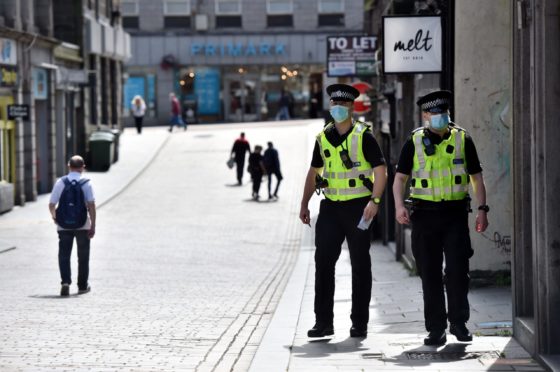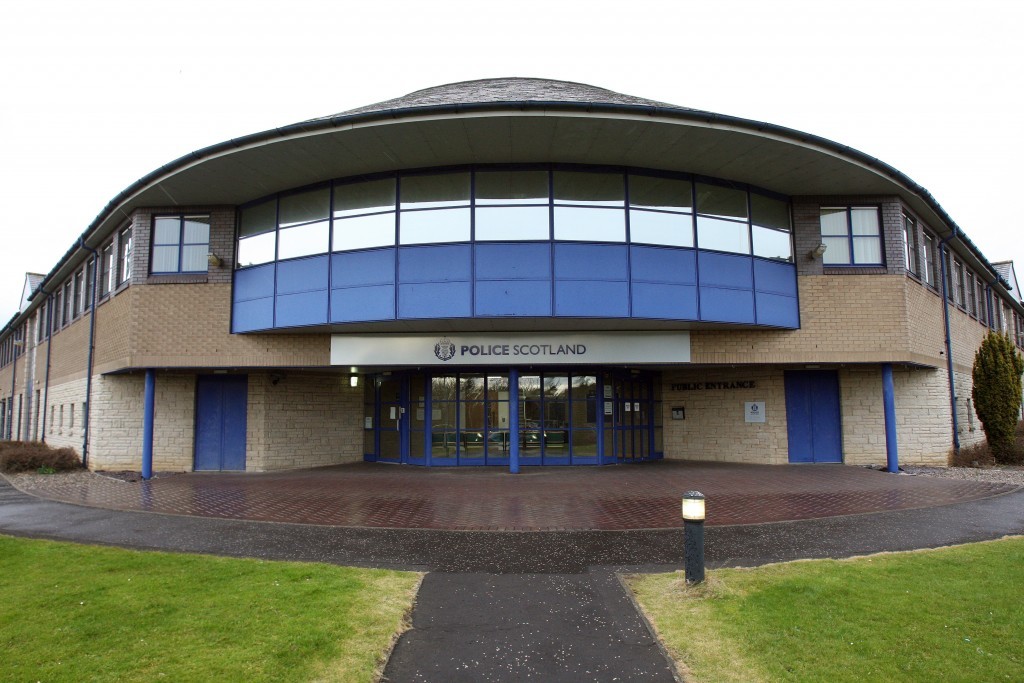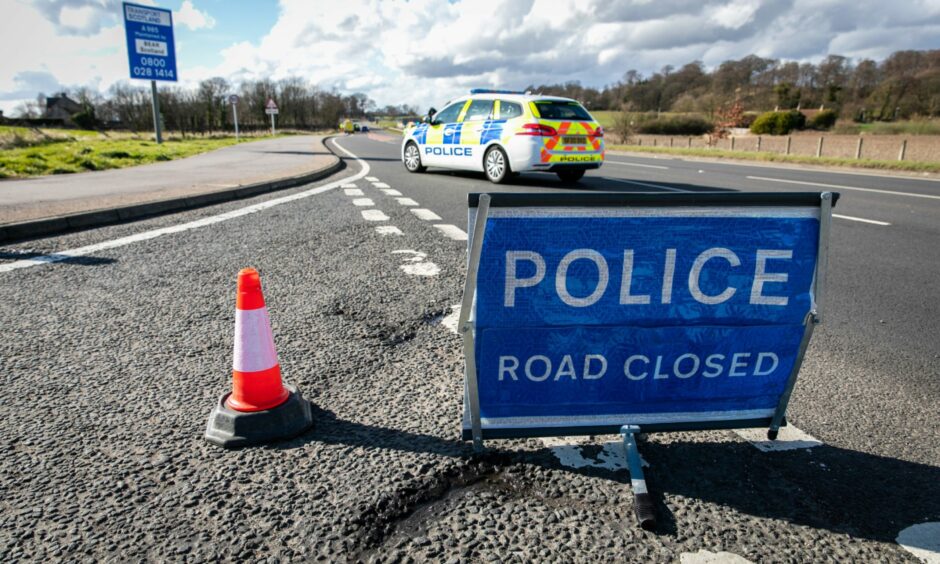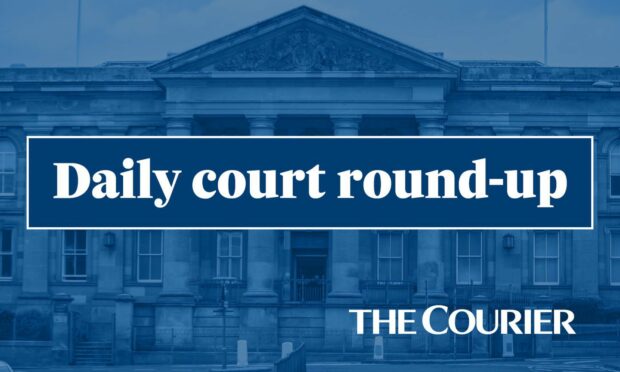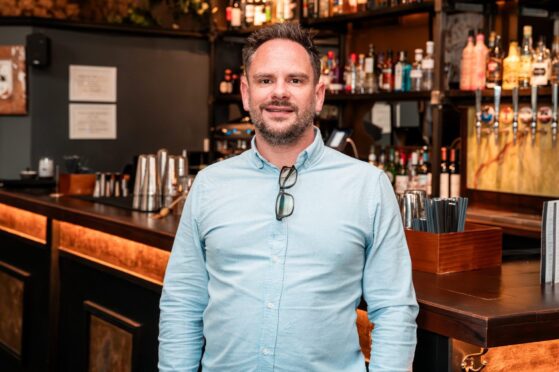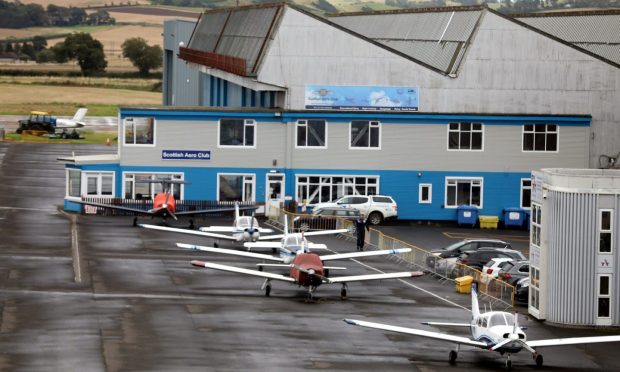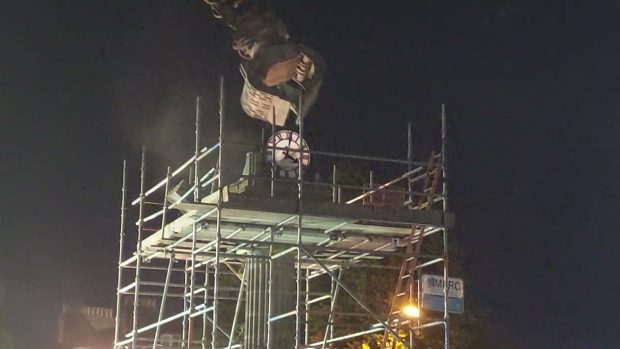More shoplifters in Fife may be getting away with their crimes because they have been wearing face masks to protect themselves from Covid, it has been suggested.
New Police Scotland performance figures for the first three quarters of 2021/22 revealed a worrying spike in shoplifting offences in Fife year-on-year, with over 20% more recorded between April and November 2021, compared with the previous year.
But while Fife division’s detection rate of such crimes has been historically very strong, Chief Superintendent Derek McEwan, the region’s Divisional Commander, confirmed this area of performance has worryingly dipped during the pandemic – and perhaps for an obvious reason.
Just 64.4% of the shoplifting recorded was detected over the nine-month period in 2021, compared with 82.7% over the same period in 2020.
Offenders ‘feel emboldened’
Chief Supt McEwan said: “This can be directly attributed to the face coverings being worn by shoplifters and the traditional methods of detecting this type of crime.
“With less of these crimes being detected, more offenders are in the community who feel emboldened by what they perceive as success.
“We recognise that shoplifting is a crime often committed by those vulnerable due to addiction.
“Many of the detections for these crime types are corroborated by open and private space CCTV footage.
“That CCTV evidence still exists; however, the majority of the perpetrators are wearing face masks, as per national guidelines, this inevitably impacts on an officer’s ability to reliably identify offenders.”
When the figures for housebreaking under the so-called ‘acquisitive crime’ banner are included, there was an 8.6% rise (334 more reports) year-on-year across Fife, but the overall detection rate for crimes of dishonesty stood at just 43.5% – a 9.7% reduction compared to the five-year average.
“Given the climate we are working in this level of reduction is unfortunately to be expected,” Chief Supt McEwan admitted.
The statistics formed part of a report to Fife councillors detailing Police Scotland performance for the first three quarters of 2021/22, which revealed that crime is up 8.8% on the same period in 2020/21.
A total of 1,688 more crimes were recorded and there was a concerning near-25% rise in sexual crimes – 1,010, compared with 810 – although Chief Supt McEwan said that category includes both crimes against a person as well as computer-based crimes.
“The very nature of sexual crimes, the fact that they often take place in privacy and the need in Scottish law for corroboration, make these particularly challenging to detect,” he continued.
“It is a credit to the division that people have the confidence in the service to report these offences.
“Reporters know that they will be treated tactfully and with respect and that the investigation will be robust with their needs at the heart of it.”
Road traffic offences
The 8.8% rise in Fife’s crime rate is largely due to shopliftings, as mentioned, but also a massive increase in road traffic offences.
Indeed, the division recorded a 150% increase in speeding offences, with 882 recorded in the first three quarters of 2021/22, compared with just 342 the previous year.
However, Chief Supt McEwan said that was also largely down to Covid, noting: “The increase in road traffic offences was predictable given the return of the staff who operate the camera safety vehicles who previously had been shielding combined with the increased volume of traffic on our road network as a result of the fluctuating pandemic restrictions.”
Complaints regarding disorder showed a significant drop year-on-year, from 16,766 to 12,061, but Chief Supt McEwan said that was similarly partly driven by the change in Covid legislation, as breaches of it were recorded as anti-social behaviour or disorder.
